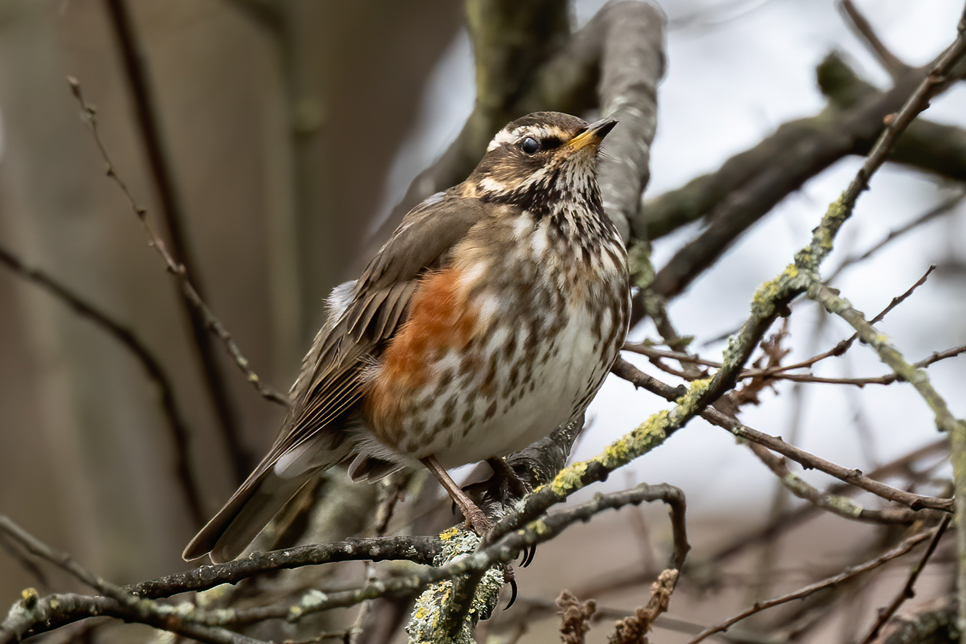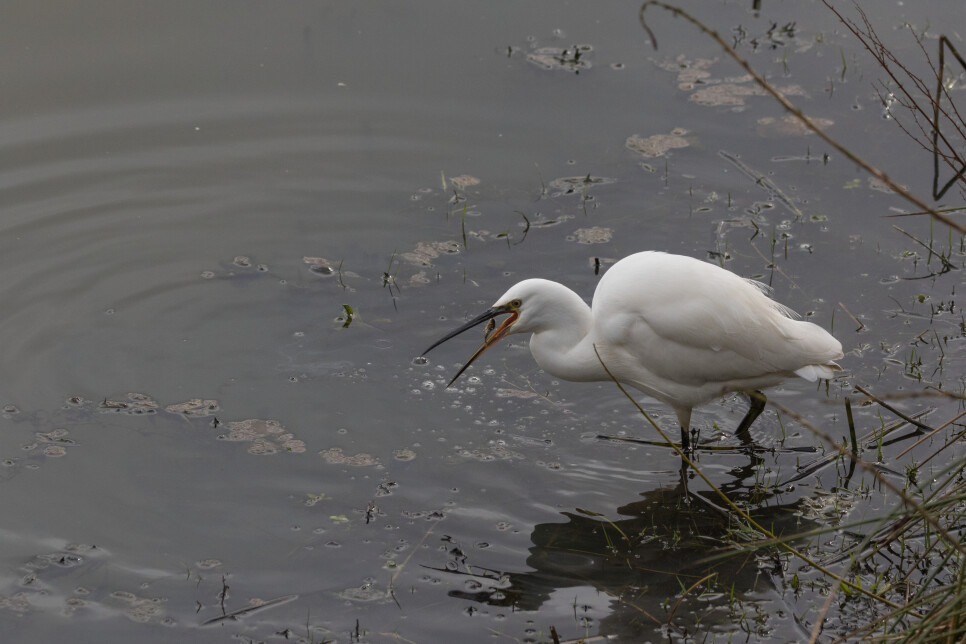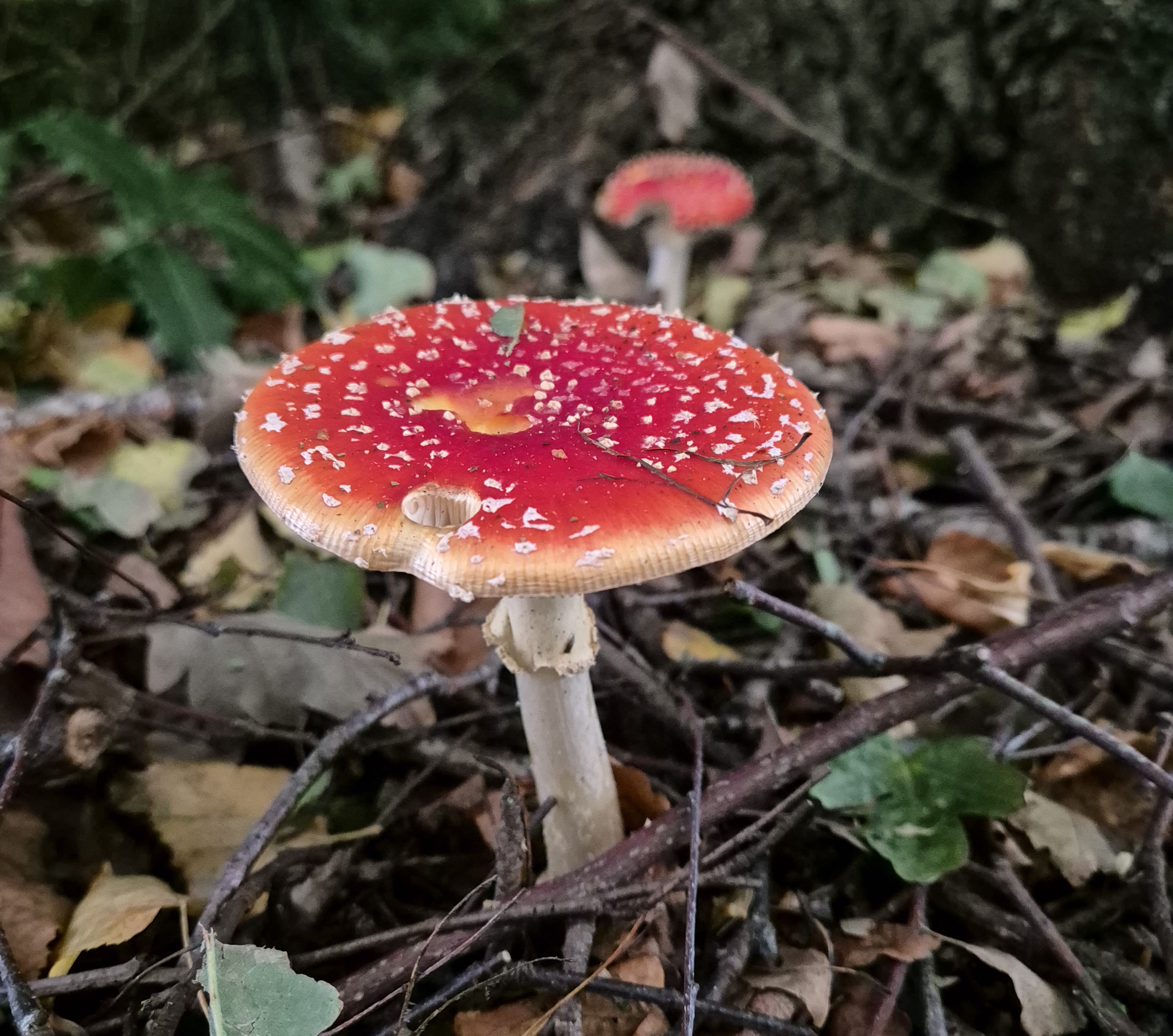Latest Sightings

An exciting recent visitor to the reserve has been a male hen harrier. He was spotted on Sunday near Woodend marsh and we’ve been told by a researcher tracking him that he’s roosting not far away.
An impressive female sparrowhawk has been patrolling in front of Raines and Hale this week. She was seen taking a feral pigeon on Friday and has flushed the feed in front of Raines several times.
It’s been a great week for waders. 10+ oystercatchers are now common sights on the mere and can be seen doing their brilliant flight calls across the reserve. 23 black tailed godwits were counted on the mere, some starting to moult into their brick red breeding plumage. 4 ringed plover were on Woodend marsh on Friday, along with a redshank and a ruff.
There’s still plenty of wigeon, pintail and shelduck on the mere and coming to the feeds. The reedbed pool is full of tufted duck at the moment, along with growing numbers of Canada geese.
The mere seems to be building up a hefty black headed gull roost, with approximately 2000 there on Friday evening. A Mediterranean gull was reported amongst them last week.
A coal tit was seen on the feeders behind Raines hide last week.
More and more snowdrops are in bloom, heralding in the spring. Other tree buds, especially hawthorn are unfurling their leaves after being scrunched up all winter.
Insectivores are still enjoying the heat and insect abundance at the sewage plant. Flocks of long tailed tits, with the occasional goldcrest and chiffchaff can commonly be seen. The yellow browed warbler continues to be reported, through a little more shy due of all of her fans.



